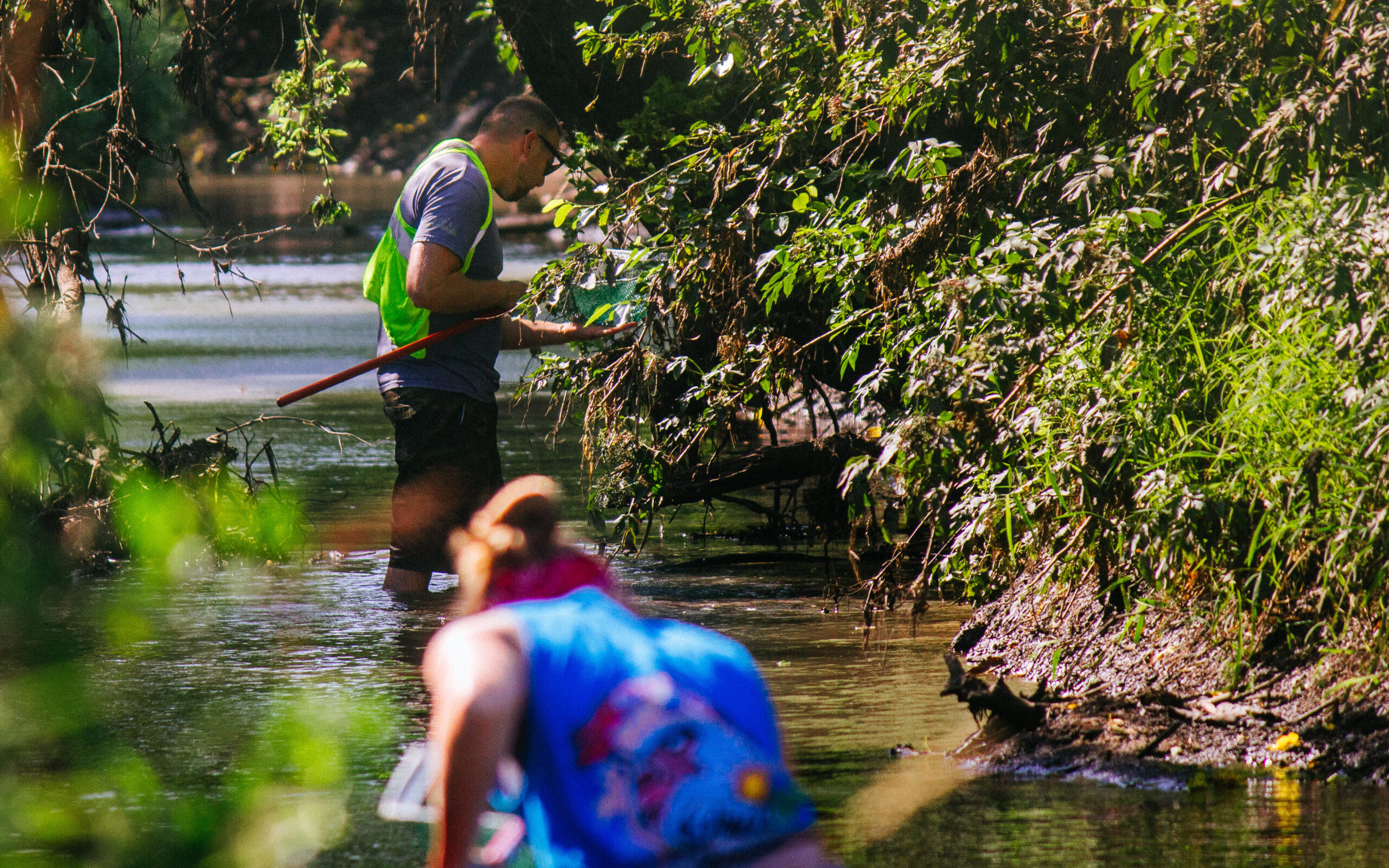Why Monitor Water Quality?
“Monitoring provides the objective evidence necessary to make sound decisions on managing water quality today and in the future. Water-quality monitoring is used to alert us to current, ongoing, and emerging problems, to determine compliance with drinking water standards, and to protect other beneficial uses of water. Assessments based on monitoring data help law makers and water managers measure effectiveness of water policies, determine if water quality is getting better or worse, and formulate new policies to better protect human health and the environment.”
Donna N. Myers, Chief of the Office of Water Quality at the U.S. Geological Survey

To learn more about the purpose of water quality monitoring and parameters of testing, click here.
Water Quality Parameters
| Parameter | Recommended Levels |
| Nitrate | 10 mg/L for drinking water. No standards for aquatic life or eutrophication |
| Phosphorus | 0.1 mg/L or lower to prevent eutrophication |
| Dissolved Oxygen (DO) | 5 mg/L or higher required for aquatic life |
| Chloride | 389 mg/L chronic, 629 mg/L acute |
| Ammonia | Variable* |
| Herbicides/ Pesticides | Levels vary according to type of chemical |
| Bacteria/MST | Variable* |
| pH | 6.5-9.0 |
| Temperature | Variable* |
| Turbidity | Variable* |
Click each parameter below to learn more
Nitrogen
Nitrogen is an essential plant nutrient. Levels vary throughout the year. Sources include soil organic matter, animal wastes, decomposing plants, sewage, and fertilizers. Excess levels can be harmful to plant and aquatic life.
Phosphorus
Phosphorus is an essential nutrient for plants and animals. Sources include human, animal, or industrial wastes, certain soils and rocks. Excess levels can be harmful to human and animal health.
Dissolved Oxygen
Dissolved Oxygen is necessary for aquatic life. Varies according to temperature, season, time of day, stream flow, presence of plant life, dissolved or suspended solids, and human impacts.
Temperature
Temperature varies depending on time of day. Temperatures outside of the seasonal range can be harmful to ecosystems.
Turbidity
Turbidity measures how clear the water is to the naked eye. This is not a direct measurement of total suspended solids (TSS) in the water but can be a quick way to determine increased or decreased levels of suspended solids.
Chloride
Chloride is found in salts and easily dissolves in water. Sources include human or animal wastes, fertilizers, and road salt runoff. Can harm aquatic invertebrates at high levels.
Ammonia
Ammonia is a form of nitrogen that can be toxic to freshwater organisms in excess levels. Sources include industrial sites, agricultural fertilizer, household cleaning products, and on-lot septic systems.
Herbicides/Pesticides
Herbicides/Pesticides breakdown at various rates due to biological and chemical processes. Can be broken down by bacteria, fungi, microorganisms, algae, and aquatic plants. Easily soluble in water.
Microbial Source Testing
Microbial Source Tracking (MST) determines levels of fecal bacteria in a watershed that cause diseases in humans. Can determine if the source is from animals or humans.
pH
pH is measured on a scale of 0 to 14. Can vary due to acid rain levels and types of soils/bedrock in the area. Extreme pH levels can be harmful to aquatic life and cause heavy metals to be more soluble in water.
Biological Parameters
Biological parameters include the types of organisms that live in a watershed determine how healthy the watershed is. The more diversity that is found, the higher the water quality, as some species are more pollution tolerant than others.
Physical Parameters
Physical: Factors measured include time of year, weather, water color, presence of oil, water odor, air temperature, water temperature, precipitation, and surrounding human/animal activity. These factors can be indicators of water quality impairments in any of the above parameters.
Interested in monitoring water quality yourself? Click here for information on supplies and equipment.